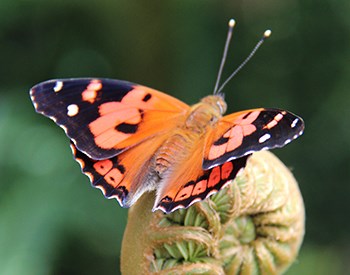
Pulelehua (Kamehameha Butterfly)The pulelehua (Kamehameha butterfly) is the official state insect for Hawai’i. Named after the royal family that unified the Hawaiian Islands, it is one of only two butterflies native to the state. The other thirteen species of butterflies in the islands are all non-native.Though the top of its wings are bright orange, the undersides are various shades of brown or gray, allowing it to camouflage itself on trees. The sex of pulelehua can be determined the color of the spots on the forewings. Male pulelehua have orange spots, females have white. 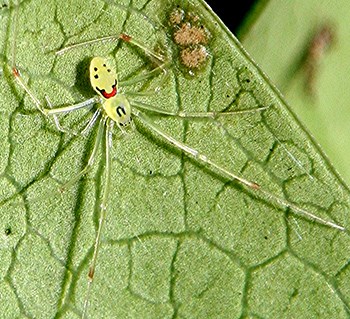
Nananana Makakiʻi (Happy Face Spider)The happy face spider gets its name not from a grin underneath their many eyes, but rather from the markings on its back that can resemble a human face. These patterns, however, can differ significantly among the species. 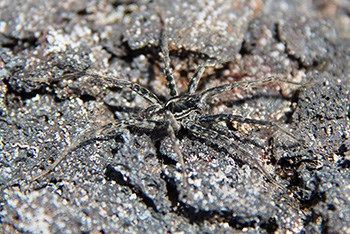
Wolf SpidersThe endemic wolf spiders of the family Lycosidae are well adapted to the harsh terrain of lava flows, such as the upper elevations of Mauna Loa. Look carefully and you may see them scurry for cover as you hike along between Pu’u’ula’ula (Red Hill) and the Mauna Loa summit.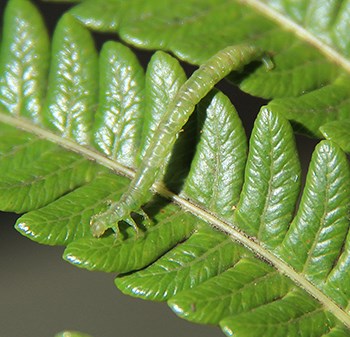
Carnivorous CaterpillarsEighteen of the nineteen species of Eupithecia moths in Hawaii have caterpillars (commonly referred to as inchworms) that possess the unique trait of eating active animal prey, namely insects. The eating of live prey makes them unique among caterpillars in the world. The tiny predators, excellently camouflaged, have been known to ambush and devour insects as big as wasps. After building a cocoon, they will later emerge as short-lived moths. 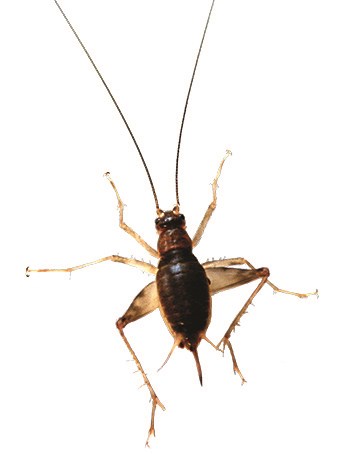
CricketsThe dark lava cricket (‘ūhini nēnē pele) is a specialized species found nowhere else in the world except on the young flows of Hawaiʻi Island. They have been known to move into recent pāhoehoe lava flows as soon as a month after lava has solidified. They are not known to inhabit lava flows older than 20-100 years old. The insect will emerge at night under the cover of darkness to feed on windblown debris that gathers in cracks and crevices in the lava flow. But don't expect to be serenaded by these creatures of the night. The wingless crickets do not have the equipment necessary to make the classic cricket “chirping” sound. |
Last updated: February 18, 2021
